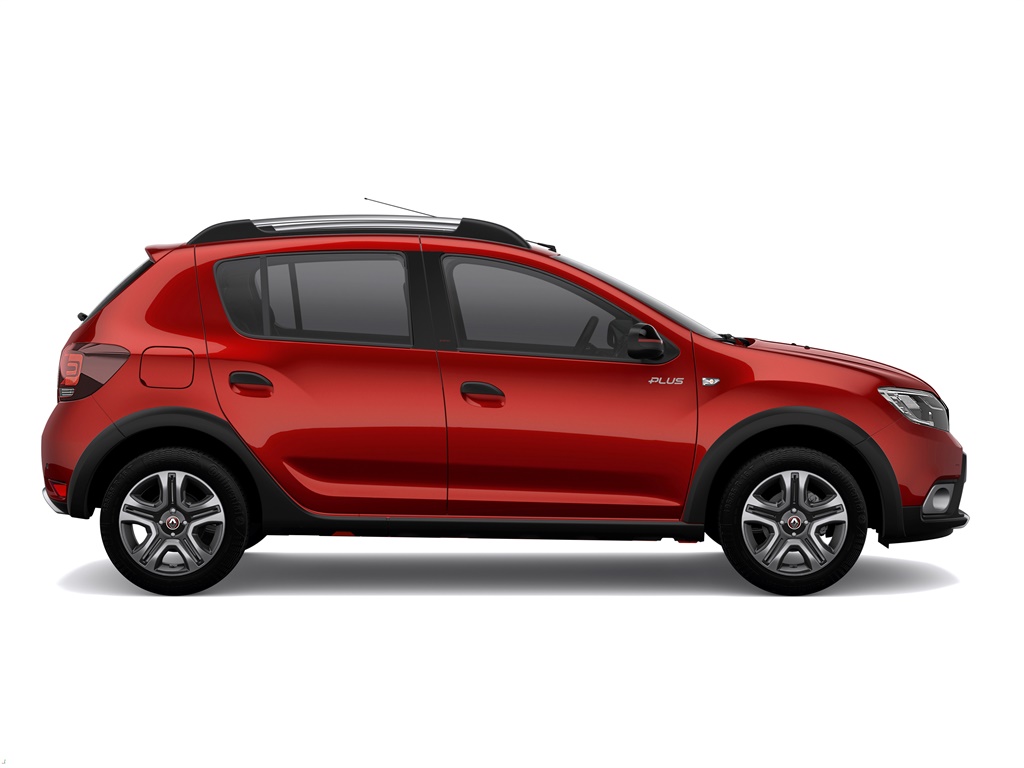In an age where hyper hatches like the Mercedes A45 AMG and Audi RS3 are closing the performance gap to blue-blooded sports cars, the Renault Megane RS continues to play the part of a properly evolved, middle-ground hot hatchback.
Now solely available as a five-door, the styling is softer but in a pleasing kind of way, and you get the impression that it’s no stranger to the bench press, thanks to those larger air intakes housing ‘chequered flag’ LEDs, wider fenders, 18- or 19-inch wheels and a big-boss diffuser incorporating a gigantic central exhaust tip.
But if you really want it to stand apart then the Sirius Yellow and Tonic Orange paint options are the way to go.
“I’ve grown up now but I still know how to party,” is what our test car seemed to be shouting in its bright yellow hue, and its spec sheet imparts the same kind of attitude.
We spent a week with an RS 280 Lux, which gets a six-speed EDC dual-clutch gearbox as standard, but those seeking old-school thrills can opt for the RS 280 Cup version that comes with a manual gearbox, along with sportier chassis settings and a mechanical limited slip diff.
The RS follows today’s engine downsizing trends with a brand new 1.8-litre direct injection turbopetrol. With 205kW ready to play at 6000rpm and 390Nm from 2400, it’s slightly more powerful and a whole lot torquier than the previous 2-litre, which produced between 195kW (Lux) and 201kW (Trophy), along with 360 newtons.
In fact it’s closer in output terms to the Golf R (213kW) than it is the GTI (169kW), despite being priced in the latter’s territory. Renault claims a zero to 100km/h figure of 5.8 seconds, with launch-control dialled in, which is well within the class ballpark.
But all of these powerful thoughts seemed to count for nothing as I pulled out of our office parking lot in downtown Joburg, into the sluggishly creeping daily grind, but it did give me a chance to test its worth as a daily driver.
It’s quite snug, for starters, with front occupants sinking into thick-bolstered, ultra-supportive Alcantara sports seats with integrated headrests. The cabin design is a bit on the demure side, but the atmosphere is lifted by mode-dependent mood lighting in the inner door panels and it has all the expected modern amenities, including dual-zone climate control, cruise control and a tablet-shaped vertical touch-screen infotainment system offering satnav, voice control and a reverse camera. Let’s not forget the RS Monitor with its comprehensive telemetry and other data that your inner car-geek will appreciate.
But the gadget that caught my attention was the Multi-Sense system, activated by a button on the centre console. It customises the steering, gearbox, accelerator and exhaust flap settings through five selectable modes: Comfort, Normal, Sport, Race and Personal - the latter allowing you to mix things up your own way.
In Comfort (max efficiency) or Normal (ultra safe ESP) modes, acceleration and gear changes are as gentle and smooth as you’d expect from an everyday hatch, just with a slightly livelier exhaust note lingering in the background like a beast locked in a basement.
Shift into Sport mode and those exhaust flaps activate to give the RS a relatively loud, throaty (albeit somewhat fake) bellow, while the throttle becomes more responsive and the steering sharpens up and the ESP stability nanny ends up in a more fun mood. ESP is disabled completely in Race mode, while the 4Control four-wheel steering system, standard on the RS, is geared for greater agility.
I found that Sport mode was best for lifting the mood in suburban traffic, with its amplified acoustics. This mode also delays gear changes if it senses you’re in the mood, occasionally leaving you stuck in a low gear after a bit of playful acceleration on pull-off or pulling into a busy street. Although I did wish the gearbox computing was a bit more intuitive to my pedal movements, it did what it was supposed to most of the time.
The weekend allowed me to stretch this Megane’s legs a little more, and hence a drive out to the Cradle of Humankind area allowed some bonding with the yellow beast.
This Megane has a refined feel to it, there’s no significant lag anywhere or torque steer and it just picks up speed like a bullet train, but as a result it stops just short of feeling brutal, and maybe that’s not a bad thing in this ever maturing end of the market.
This hatch is also happy to gobble up the corners at high speed, and it feels confidence-inspiring and ultra-nimble thanks to that rear-wheel steering although the tail can get a little light if you’re in Race mode.
The ride is on the firm side, but it’s certainly comfortable by performance car standards and Renault has done a great suspension tuning job here without resorting to expensive adaptive dampers.
VERDICT
Renault has done well to appease a diverse audience by offering a comfier dual-clutch Lux model as well as a sharper-chassis manual gearbox Cup, and there’s an even more hardcore 220kW Trophy on the way. They’re also competitively priced at Group 1 Renault in relation to rivals, particularly the Type R.
In Lux form, the new Renault has what it takes to please most of the people most of the time - it’s a comfy everyday ride with more than enough sizzle, even if it doesn’t quite possess the hard-core charm of its predecessors.
Article source: https://www.iol.co.za/motoring/road-tests/tested-renaults-megane-rs-is-a-matured-maniac-17536396
